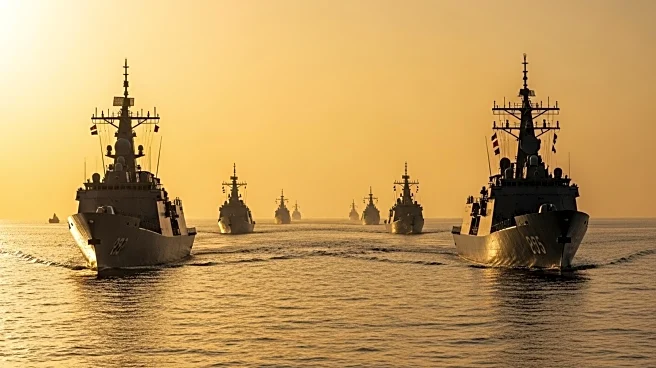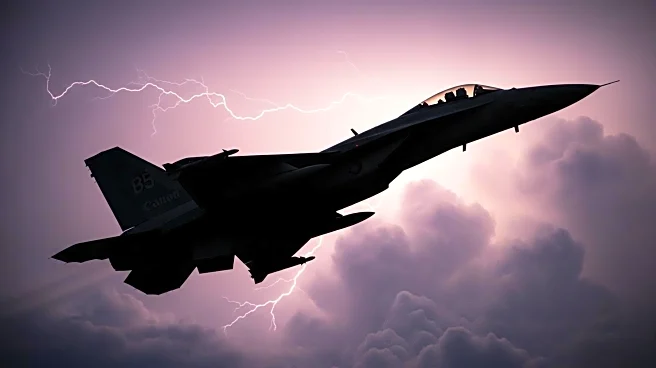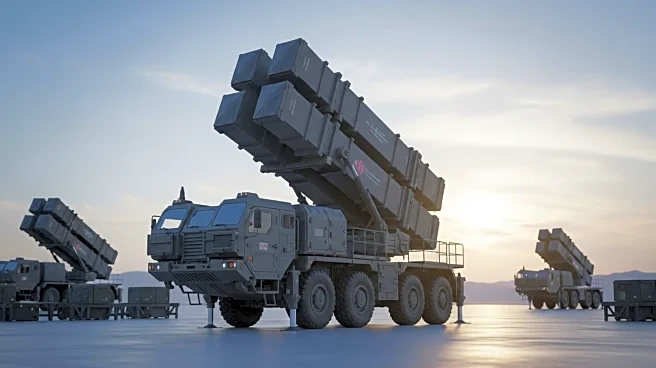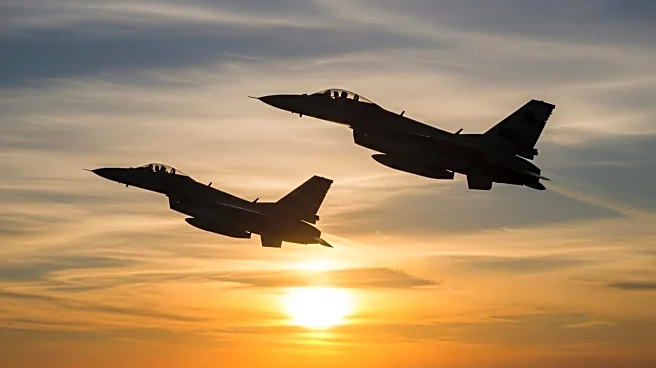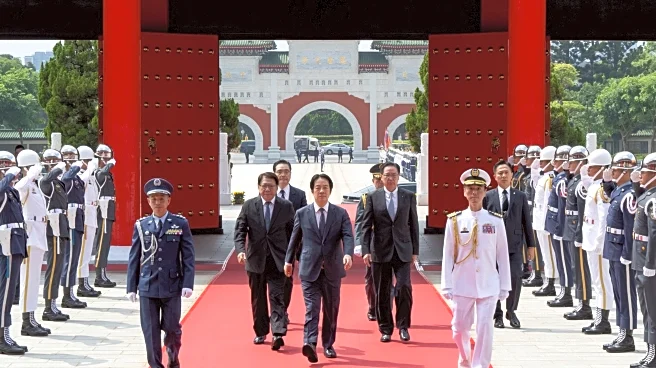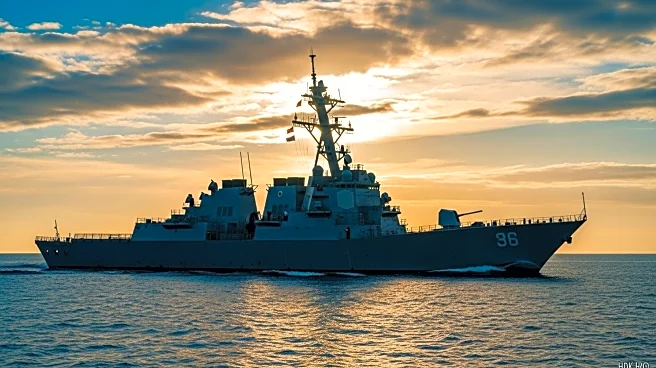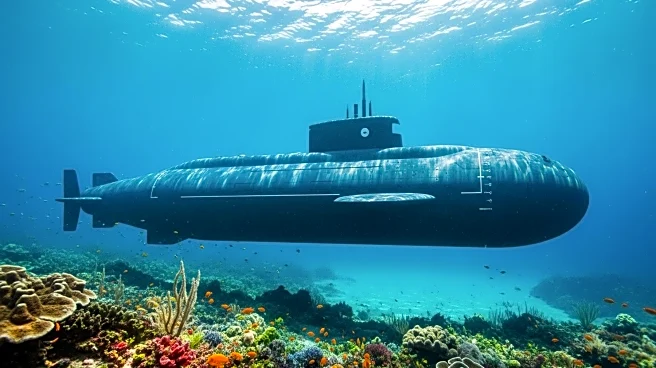What's Happening?
The Taiwan Strait has seen increased activity with allied warships, including the Hobart Class destroyer HMAS Brisbane and Halifax Class frigate HMCS Ville de Québec, transiting the strait on September 6. The People's Liberation Army Eastern Theater Command objected to the transit, monitoring the naval movements. Concurrently, the Royal Navy carrier HMS Prince of Wales, after a port visit to Tokyo, engaged in exercises with South Korean naval vessels. Russian Pacific Fleet ships were also active in the region, moving through the Sea of Okhotsk. The passage of allied ships continued with the USS Higgins and HMS Richmond transiting the strait on September 12, despite earlier speculation about potential diplomatic vetoes. The HMS Prince of Wales carrier strike group is now returning to Portsmouth, facing a complex security situation.
Why It's Important?
The naval movements in the Taiwan Strait underscore the strategic importance of the region amid rising geopolitical tensions. The presence of allied warships signals a commitment to freedom of navigation and regional security, potentially deterring aggressive actions by regional powers. The activities highlight the ongoing military cooperation among allies, reinforcing their operational readiness and strategic alliances. The situation may impact diplomatic relations, with countries in the region reassessing their security strategies and alliances.
What's Next?
Future developments may include continued naval exercises and strategic deployments in the region, as allies seek to maintain a balance of power. Diplomatic dialogues may intensify, focusing on regional security and freedom of navigation. The situation could prompt reactions from China and other regional stakeholders, influencing military and diplomatic strategies.

